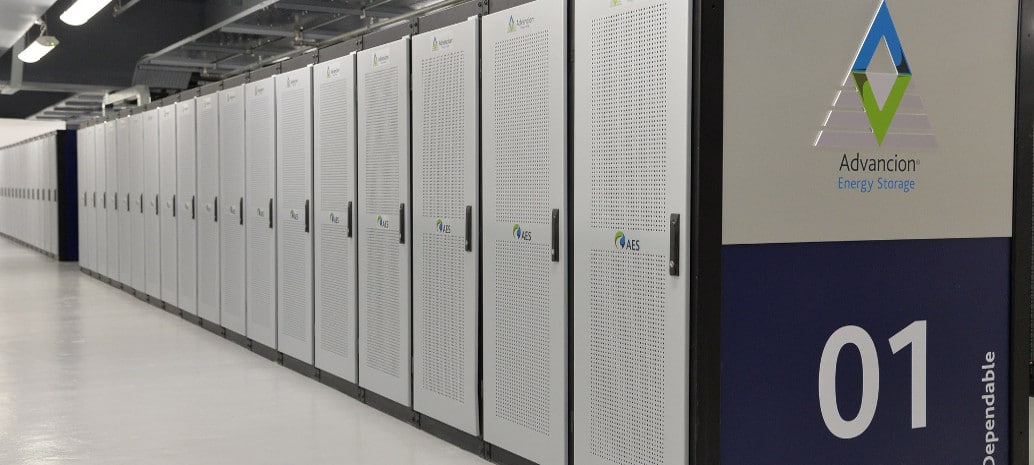New research from Wood Mackenzie says that the Americas region will overtake Asia Pacific by 2025 to lead the global energy storage market, with a total capacity of 371 GWh in 2030.
Most of this growth is expected to come from the U.S. The firm said that China will place second (150 GWh), and Japan will take third place (25 GWh) by the end of the decade.
The expected slowdown in Asia Pacific is partly due to challenges from market incentives and business cases. Although Asia Pacific led the global storage market in 2020, with deployments reaching 13 GWh, growth has mainly relied on pilots, government subsidies, and grid interconnection requirements over the past decade. Without strong policy support, the report said, it will be difficult to scale up the front-of-the-meter (FTM) segment across the region.
3x growth
Meanwhile, the U.S. tripled storage installations in 2020, accounting for 38% of new capacity. China, Germany, and the UK recorded double-digit growth during the pandemic, and Australia’s installations fell in year-on-year numbers.
Steady growth in a number of key countries during the coronavirus pandemic and strong recovery in 2021 will accelerate global energy storage adoption in the long term, said Wood Mackenzie.
The firm said that 2020 was a record year for global energy storage. The market exceeded 15 GW/27 GWh, increasing 51% in gigawatt-hour terms. The market and is expected to add 70 GWh of storage capacity each year to surpass 729 GWh in 2030.
The firm said that around $5.4 billion of new investment was committed to storage projects across the world last year, increasing the total cumulative investment to an estimated $22 billion. By 2025, the overall investment will reach $86 billion, with a 24% cumulative annual growth rate despite the economic slowdown caused by Covid-19.
Bulking up
As noted in Wood Mackenzie’s report, the global market began to move from small-scale short-duration batteries to four-hour batteries last year due to coronavirus impacts. The pandemic caused power demand to fall in 2020, putting downward pressure on wholesale power prices and reducing the need for peaking units. Long-duration batteries helped to strengthen grid reliability and reduce the risks of power outages during. By 2030, the average lithium-ion project size will increase from 100 MWh scale to 1 GWh scale.
The Wood Mackenzie report said that Europe’s market development has been slower than its U.S. and Chinese counterparts. However, development will accelerate as European member states are required to comply with the Renewable Energy Directive, current over-capacities in electricity markets are reduced with nuclear, and coal exits take place.
According to Wood Mackenzie, Europe will deploy around 3 GWh of energy storage capacity in 2021, a 55% increase from 2020, and will see cumulative capacity hit 9 GWh by the end of the year.
This content is protected by copyright and may not be reused. If you want to cooperate with us and would like to reuse some of our content, please contact: editors@pv-magazine.com.









By submitting this form you agree to pv magazine using your data for the purposes of publishing your comment.
Your personal data will only be disclosed or otherwise transmitted to third parties for the purposes of spam filtering or if this is necessary for technical maintenance of the website. Any other transfer to third parties will not take place unless this is justified on the basis of applicable data protection regulations or if pv magazine is legally obliged to do so.
You may revoke this consent at any time with effect for the future, in which case your personal data will be deleted immediately. Otherwise, your data will be deleted if pv magazine has processed your request or the purpose of data storage is fulfilled.
Further information on data privacy can be found in our Data Protection Policy.